| << Chapter < Page | Chapter >> Page > |
The z-transform of a sequence is defined as
There is a close relationship between the z-transform and the Fourier transform of a discrete time signal, which is defined as
In order to get further insight into the relationship between the Fourier Transform and the Z-Transform it is useful to lookat the complex plane or z-plane . Take a look at the complex plane:
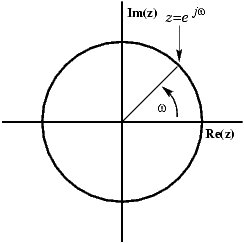
The Z-plane is a complex plane with an imaginary and real axis referring to the complex-valued variable . The position on the complex plane is given by , and the angle from the positive, real axis around the plane is denoted by . is defined everywhere on this plane. on the other hand is defined only where , which is referred to as the unit circle. So for example, at and at . This is useful because, by representing the Fourier transformas the z-transform on the unit circle, the periodicity of Fourier transform is easily seen.
The region of convergence, known as the ROC , is important to understand because it defines the region wherethe z-transform exists. The ROC for a given , is defined as the range of for which the z-transform converges. Since the z-transform is a power series , it converges when is absolutely summable. Stated differently,
For
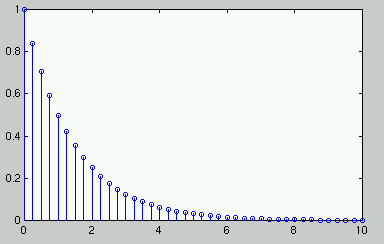
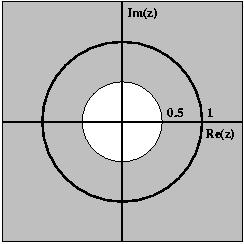
For
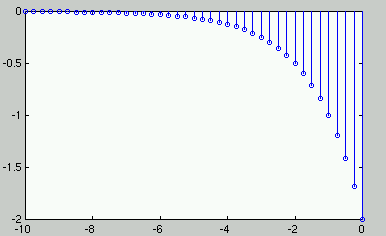
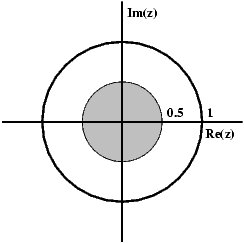

Notification Switch
Would you like to follow the 'Fundamentals of signal processing' conversation and receive update notifications?